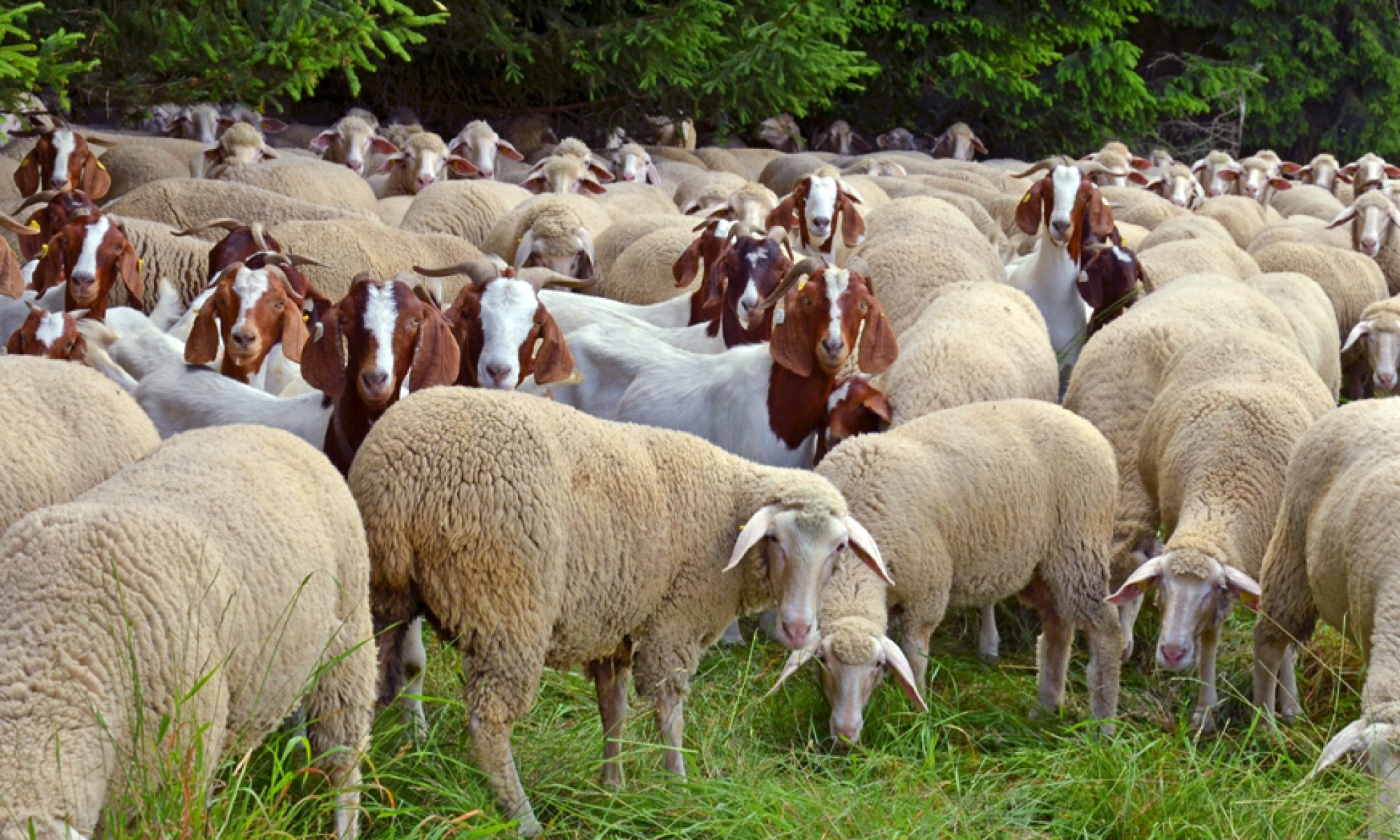Climate math: What a 1.5-degree pathway would take
How McKinsey Destroyed the Middle Class
Op-Ed: The McKinsey I hope the world gets to know
Do we really have any chance to come to grips with climate change? Like many of us, I go back and forth on that one. Some recommend throwing out the whole capitalist system. If that seems a bit unlikely, you’d need to know how to redirect the system and what it would really take to decarbonize global business.
A pretty convincing roadmap for that is provided by McKinsey, the firm some love to hate. The critics hate its high-pressure culture, its stress on process, its success. But the business of America is still business, and McKinsey’s leaders have recently tried to transform their firm’s role to reflect the totally changing world we’re living in. I almost went to work for McKinsey in 2006, which would have been to the delight of my capitalistic forebears, but that didn’t happen and I’m grateful.
Anyhow, McKinsey recently issued a report on Climate Math that challenges business to meet the demands for a 1.5-C degree warming limit. This is very much worth your reading so you can understand in some coherent detail the challenges in achieving that goal.
. . . With further warming unavoidable over the next decade, the risk of physical hazards and nonlinear, socioeconomic jolts is rising. Mitigating climate change through decarbonization represents the other half of the challenge. Scientists estimate that limiting warming to 1.5 degrees Celsius would reduce the odds of initiating the most dangerous and irreversible effects of climate change.
The report offers five necessary and difficult steps to get to that goal. “The good news,” they say, “is that a 1.5-degree pathway is technically achievable. The bad news is that the math is daunting.”
None of what follows is a forecast. Getting to 1.5 degrees would require significant economic incentives for companies to invest rapidly and at scale in decarbonization efforts. It also would require individuals to make changes in areas as fundamental as the food they eat and their modes of transport. A markedly different regulatory environment would likely be necessary to support the required capital formation.
The report traces five needed interdependent “shifts” in areas that we all know, with varying means and prospects of achieving reform:
-
- reforming food and forestry
- electrifying our lives
- adapting industrial operations
- decarbonizing power and fuel
- ramping up carbon capture and carbon sequestration activity.
Each of these areas plays out in three scenarios the report envisions, not as predictions but as “snapshots” to get where we have to go.
All the scenarios, we found, would imply the need for immediate, all-hands-on-deck efforts to dramatically reduce GHG [greenhouse gas] emissions. The first scenario frames deep, sweeping emission reductions across all sectors; the second assumes oil and other fossil fuels remain predominant in transport for longer, with aggressive reforestation absorbing the surplus emissions; and the third scenario assumes that coal and gas continue to generate power for longer, with even more vigorous reforestation making up the deficit . . . .
Relying so much on reforestation seems to me dubious at best, despite the report’s qualifications. The final pages state in bold type, “It is impossible to chart a 1.5-degree pathway that does not remove carbon dioxide to offset ongoing emissions. The math simply does not work.”
The challenges here are immense and the report does not shy away from them. But finally we are getting serious analysis of how feasible (or unlikely) the 1.5-degree goal is.

